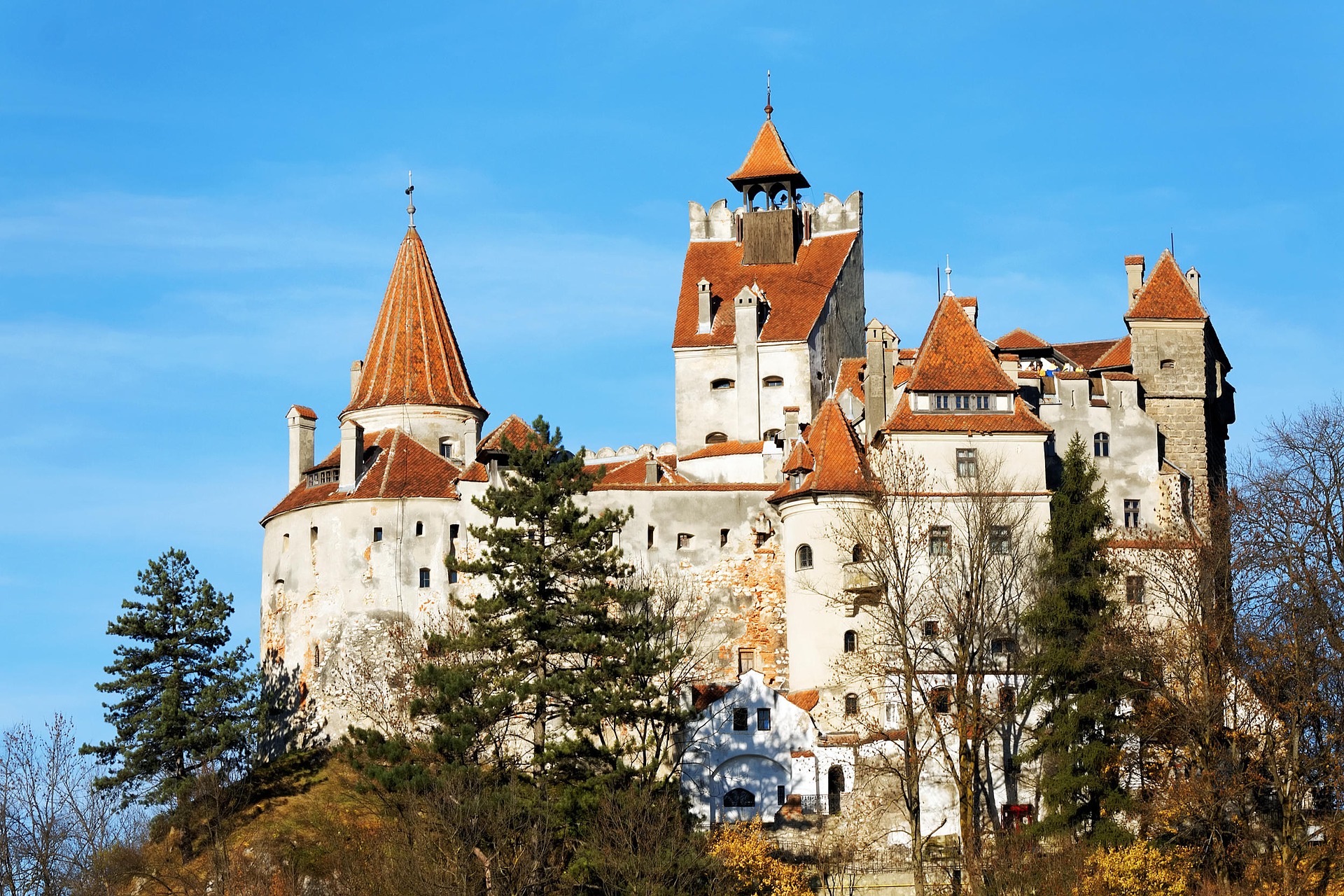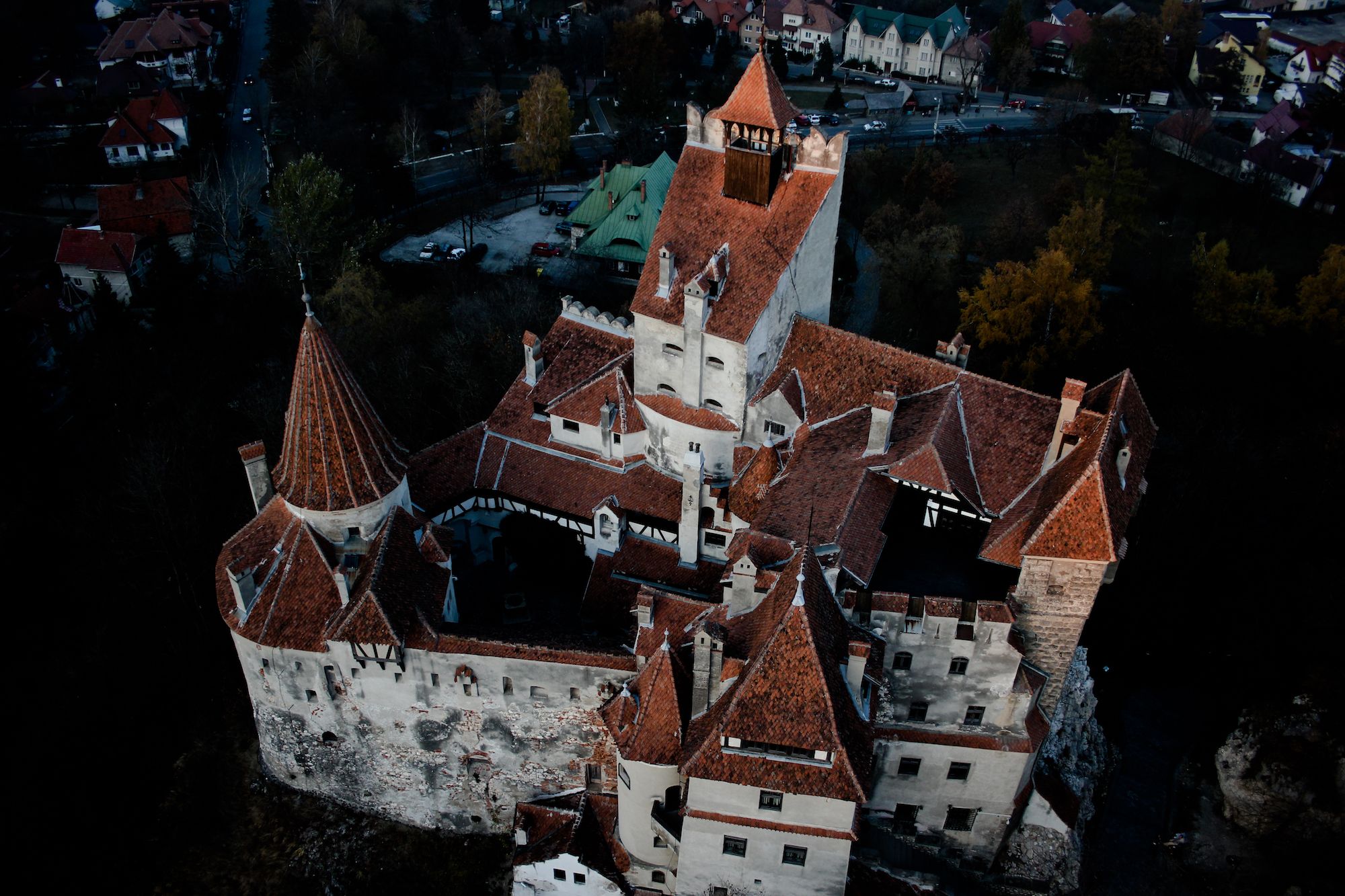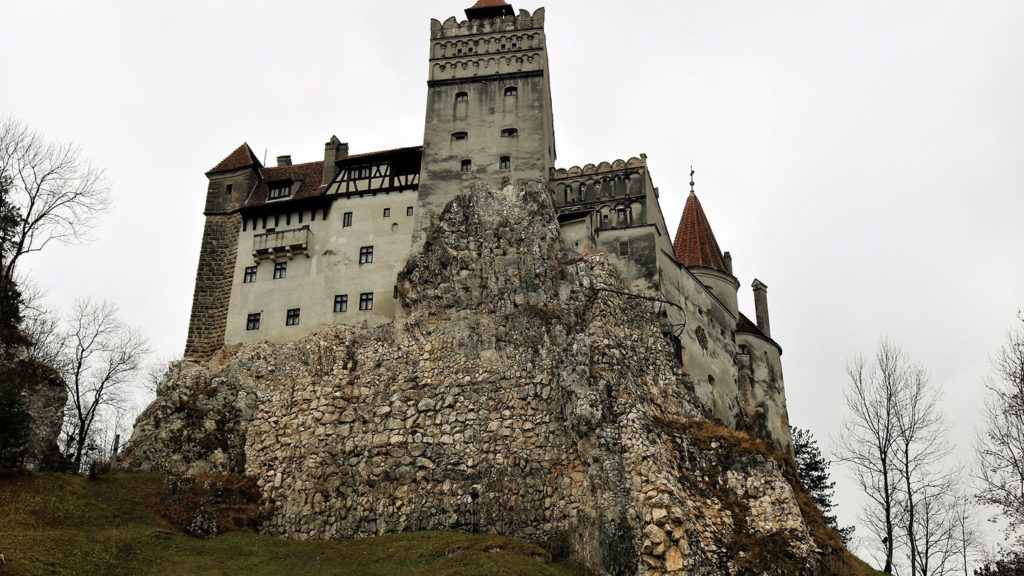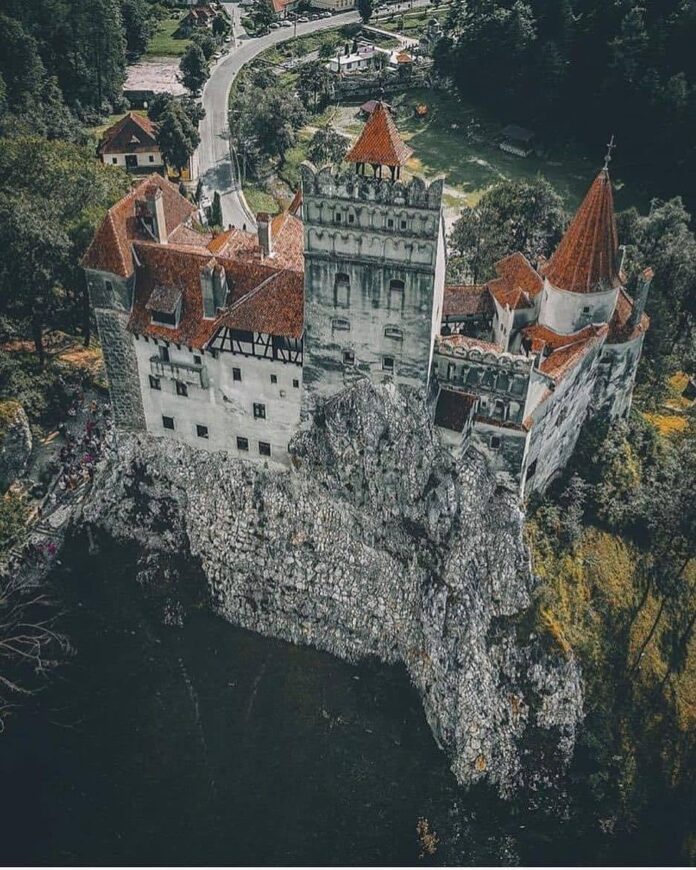Bran Castle, often shrouded in a veil of myth and legend, stands as a captivating historical landmark in Transylvania. Situated in Bran, approximately 25 kilometers southwest of Brașov, this fortress has been a symbol of intrigue and historical significance. While popularly known as “Dracula’s Castle,” its connections to Bram Stoker’s famous vampire tale are more myth than fact. This article explores the true history of Bran Castle, its role in regional politics, and its transformation into a cultural and tourist attraction.
The Origins of Bran Castle

In 1212, the Teutonic Order constructed the wooden castle of Dietrichstein in the Burzenland region, strategically positioned at a mountain pass long used by traders. This early fortification was named after Commander Dietrich of the Teutonic Order, who is believed to have overseen its construction. However, the castle was destroyed by the Mongols in 1242, marking the end of its short-lived existence.
The Stone Fortress and Saxon Influence

The first official mention of Bran Castle dates back to November 19, 1377, when King Louis I of Hungary granted the Saxons of Kronstadt (modern-day Brașov) the privilege to build a stone castle. Funded by the Saxons themselves, this fortress was constructed as a defensive structure to protect German colonists in Transylvania. The castle played a crucial role in defending against the Ottoman Empire and later served as a customs post between Transylvania and Wallachia.
The Castle’s Role Through the Centuries

Throughout the 15th and 16th centuries, Bran Castle was a strategic military site. In 1530, Moise of Wallachia attempted to capture the castle, but Székely soldiers successfully defended it, forcing Moise’s army to retreat. The fortress continued to hold military importance until the mid-18th century.
Royal Residence and Later Developments

Following the Treaty of Trianon in 1920, which ceded Transylvania to Romania, the castle was acquired by the Romanian royal family. Queen Marie of Romania undertook significant renovations, transforming the castle into a royal residence and retreat. During World War II, it was used as a hospital by Princess Ileana, Marie’s daughter. The castle’s fate changed once again with the rise of the communist regime in 1948, leading to its expropriation.
Modern Era and Legal Controversies

In 2005, Romanian legislation allowed for the restitution of properties expropriated during the communist era. Bran Castle was returned to Archduke Dominic of Austria, a descendant of Princess Ileana, in 2006. Despite some legal challenges, including a parliamentary investigation and a Constitutional Court ruling, the castle was officially transferred to the Habsburg family in 2009. They reopened the castle as a private museum, collaborating with the local community to enhance its role in Romanian tourism.
The Myth of Dracula’s Castle
Although Bran Castle is often associated with Bram Stoker’s Dracula, there is no evidence that Stoker knew of this castle when writing his novel. The castle described in Stoker’s work bears no resemblance to Bran Castle, and the historical Vlad III Dracula, known as Vlad the Impaler, never resided there. The connection between Bran Castle and the Dracula legend is largely a product of tourism and popular culture.
Conclusion
Bran Castle’s allure lies not in its fictional associations but in its rich history and cultural significance. From its origins as a medieval fortress to its current role as a museum, the castle embodies the complex tapestry of Transylvanian history. While its connection to the Dracula legend may be exaggerated, the castle’s true historical narrative offers a fascinating glimpse into the past. Today, Bran Castle stands as a testament to the region’s heritage, attracting visitors eager to explore both its historical depths and the myths that surround it.
